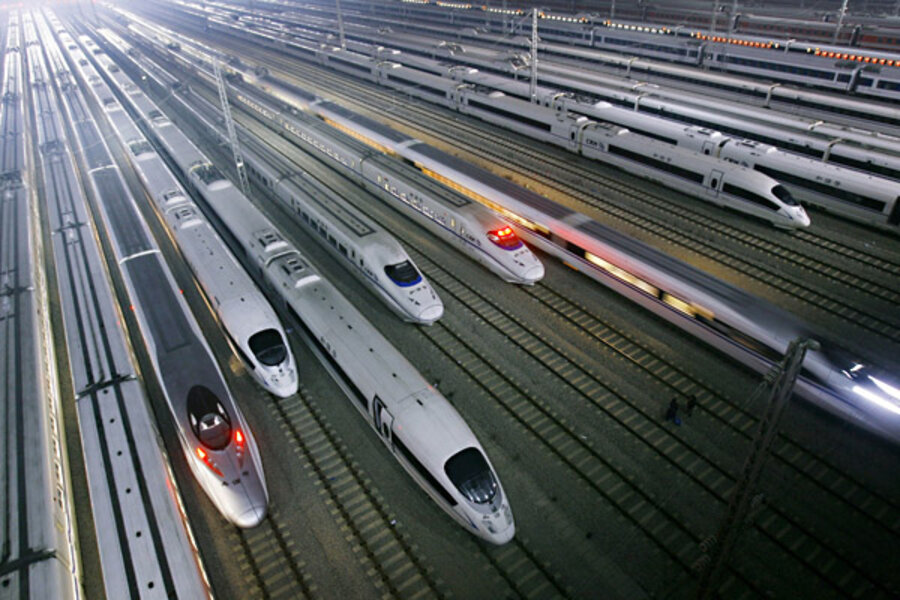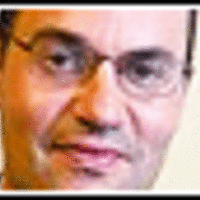California's high speed rail hits a speed bump
Loading...
The head of California's High Speed Rail project has resigned. You would think that a multi-billion dollar, 30 year project would offer some intellectual challenges for its leader but "Roelof van Ark, chief executive officer of the California High-Speed Rail Authority, announced this afternoon that he is quitting, the latest setback for the state's beleaguered campaign to build a nearly $100 billion rail network in California."
What is going on? We know that California and the Federal Government both have large fiscal deficits and this may be part of the issue but what happened to the momentum?
As a guy who flies to Northern California often, and who has traveled on a Chinese Bullet train, I haven't supported this train. I figure that for political reasons that it will stop too often between San Fran, LA and San Diego and thus never achieve the MPH that it has promised. I assume that its ridership will be too low to cover the enormous fixed cost of constructing it. Once people arrive in these cities, and get off the train --- they will still need a car to connect them with their ultimate destination --- so, the real issue here is what is wrong with air travel? I know that HSR has a smaller carbon footprint than air travel but what would have to be the value per ton of GHG emissions for HSR to be a wise investment? I would guess that it would have to be close to the $200 per ton that was calculated for the Cash for Clunkers program.
In the absence of Federal subsidies, how will California finance this train? $100 billion dollars in a state with 35 million people works out to $3,000 for each man, woman and child. Are we willing to pay that average cost?






